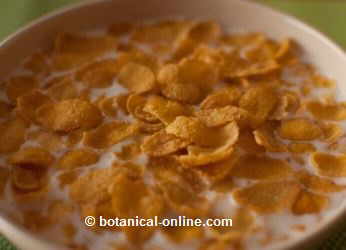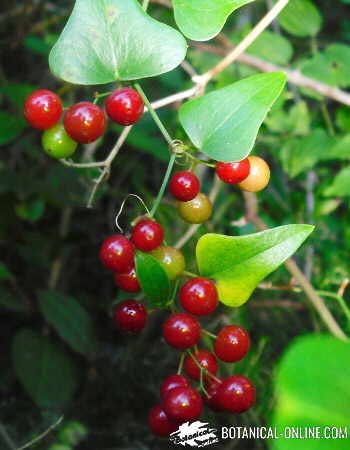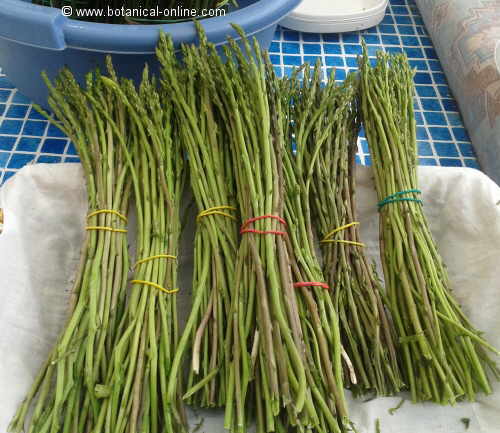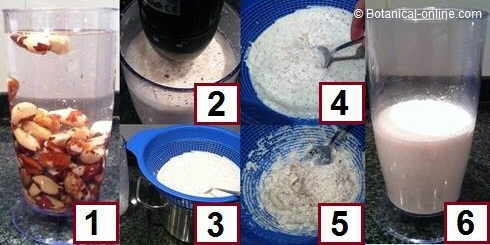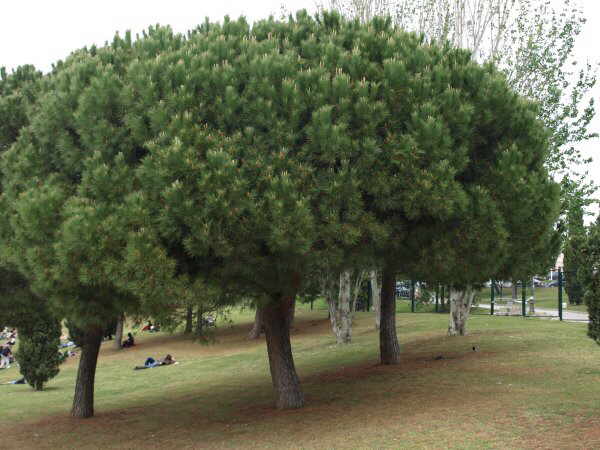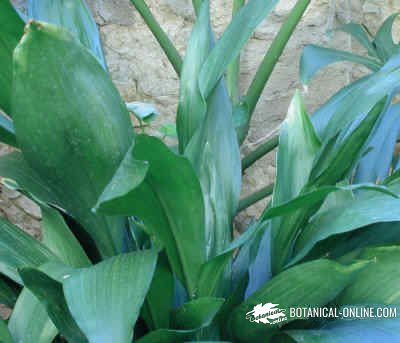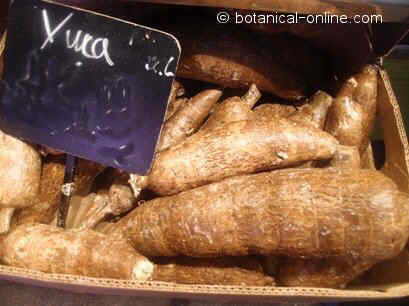Contents
Plants for astringency
What is an astringent?
An astringent is any substance that is capable of absorbing body fluids.
Main astringent components
The main components that produce astringency in the plant world are:
- Gallic acid
- Tannic acid
- Ellagic acid
- Formic acid
- Zinc
- Silver
- Catechins
- Hydroquinones
Properties of astringents
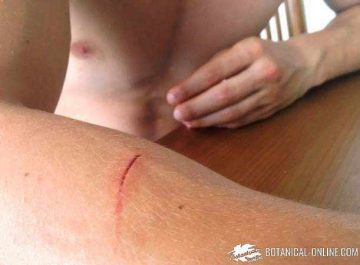
Such substances are mainly used medicinally to treat:
How do astringent plants stop diarrhea?
Applied for the treatment of diarrhea, astringent plant preparations remove liquids from the intestine, which produces a decrease in the amount of fecal material with a consequent reduction in the peristaltic movements (movements of the intestine to remove feces). By doing this, they slow diarrhea.
How do astringent plants act on skin lesions?
When they are applied on injuries they are able to reduce or stop bleeding and favor scarring, by means of drying them and diminishing inflammation.
Main astringent plants
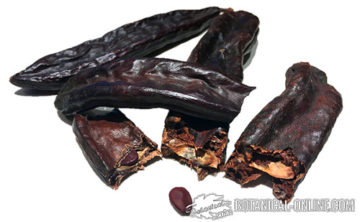
From all the astringent plants we can distinguish the following:
- Carob tree (Ceratonia siliqua)
- Rice (Oryza sativa)
- Blackthorn or sloe (Prunus spinosa)
- Hawthorn (Crataegus spp.)
- Bearberry (Artostaphylos uva-ursi)
- Cranberry (Vaccinium ssp.)
- Chestnut (Castanea sativa)
- Walnut tree (Juglans regia)
- Horse chestnut tree (Aesculus hippocastanum)
- Cypress (Cupressus sempervirens)
- Oak (Quercus spp.)
- Plantain (Plantago spp.)
- Blackberry (Rubus spp)
- Nettle (Urtica dioica)
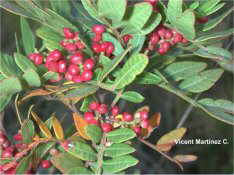
- Lentisc (Pistaccia lentiscus)
- Holm oak (Quercux ilex)
- Kermes oak (Quercux ilex subs. rotundifolia)
- Marshmallow (Althaea officinalis)
- Mint (Mentha spp.)
- Birch (Betula alba)
- Strawberry (Fragaria vesca)
- Raspberry (Rubus ideaeus)
- Papaya (Carica papaya)
- Dog-rose (Rosa canina)
- Loosestrife (Lythrum salicaria)
- Salvia (Salvia officinalis)
- Vine (Vitis vinifera)
![]() More information about diarrhea natural treatment.
More information about diarrhea natural treatment.

